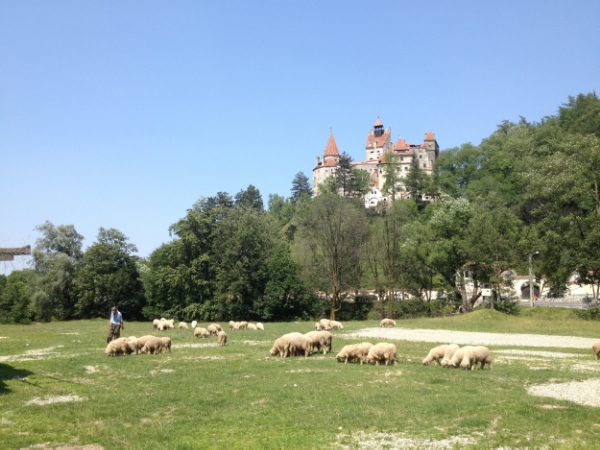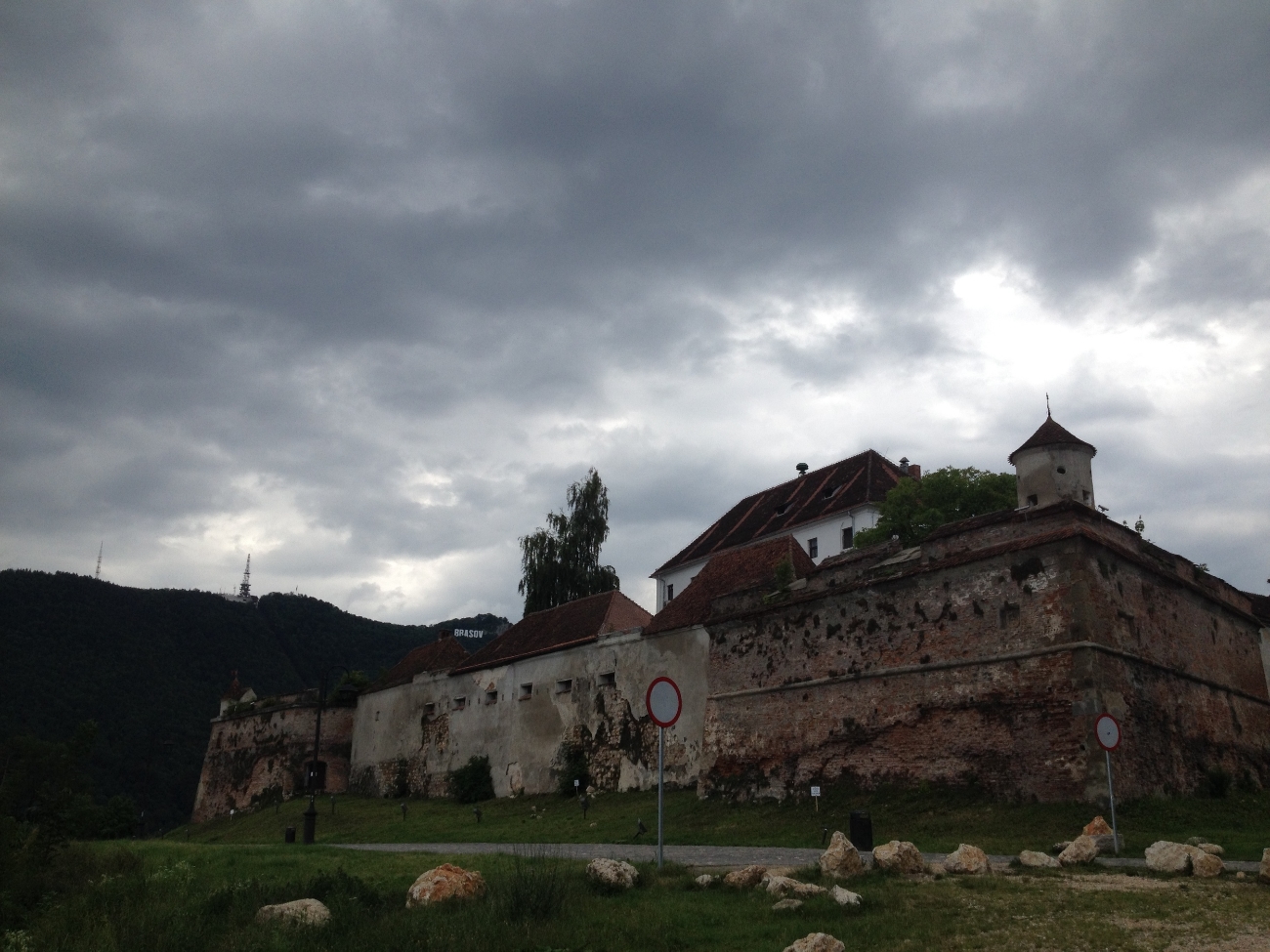Welcome to Transylvania! Not in a 'scary hungry monster' way. In a nice way. Really, welcome in Transylvania, it's lovely!
After decades of movies about a pale Vampire living in these parts of the world, most people will think of Dracula when Transylvania is mentioned. This is great for tourism, but almost none of the ideas we have about these vampire legends are grounded in anything local, events or beliefs.
Basically, an Irishman called Bram was bored in the south of England and wrote a scary novel. And did a pretty good job. To make it spooky, he set it in the middle of the romantic mountains and castles of Transylvania and invented a character that feeds on innocent flesh. Originally Mister Stoker was going to call him "Count Wampyr", which is a terrible name. So after having read a bit of Wallachian (South Romanian) history, he changed it to one he read in there: "Dracula".
Dracula did actually exist. And is pretty pissed at the confusion. Here is the story of Wladislaus Dragwlya as he wrote it in Latin, or, Vlad III Draculea, son of Vlad II Dracul, ruler of Wallachia.
be sure to switch the subtitles on bottom right of the video. Vlad mumbles a bit.
So, as you can see, a monster in his own way, but certainly not one that transforms into a bat.
Somehow, this dated Gothic book by Bram is a blessing. It lures tourists from all over the world who go out of their way just to see Dracula's Castle, "Bran Castle" (not Bram's Castle) as it is known here in Transylvania.
Bran castle (pictured in the video) wouldn't be getting half the tourists it has today, but it is fully deserving of all this attention. And of course the tourists end up visiting a few other things in the region, after having bought the Dracula fridge magnet. And many of the Region's other castles are as interesting as the aforementioned. Less crowded obviously, but not less interesting or beautiful (exept for the one in Peles, which is beautiful, but not interesting).

















